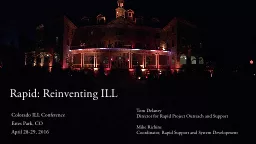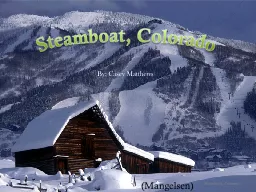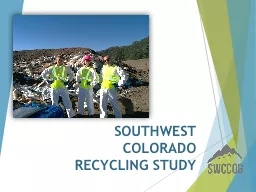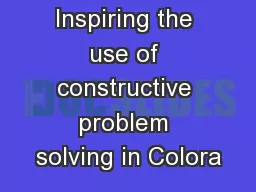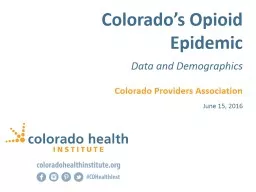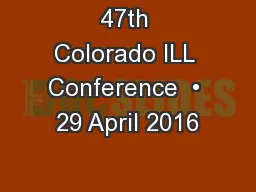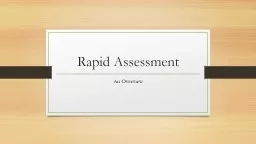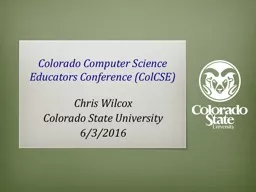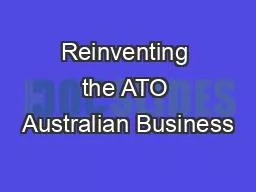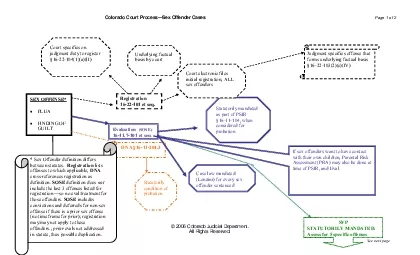PPT-Rapid: Reinventing ILL Colorado ILL Conference
Author : briana-ranney | Published Date : 2018-02-11
Estes Park CO April 2829 2016 Mike Richins Coordinator Rapid Support and System Development Tom Delaney Director for Rapid Project Outreach and Support USERS REWARD
Presentation Embed Code
Download Presentation
Download Presentation The PPT/PDF document "Rapid: Reinventing ILL Colorado ILL Conf..." is the property of its rightful owner. Permission is granted to download and print the materials on this website for personal, non-commercial use only, and to display it on your personal computer provided you do not modify the materials and that you retain all copyright notices contained in the materials. By downloading content from our website, you accept the terms of this agreement.
Rapid: Reinventing ILL Colorado ILL Conference: Transcript
Download Rules Of Document
"Rapid: Reinventing ILL Colorado ILL Conference"The content belongs to its owner. You may download and print it for personal use, without modification, and keep all copyright notices. By downloading, you agree to these terms.
Related Documents

